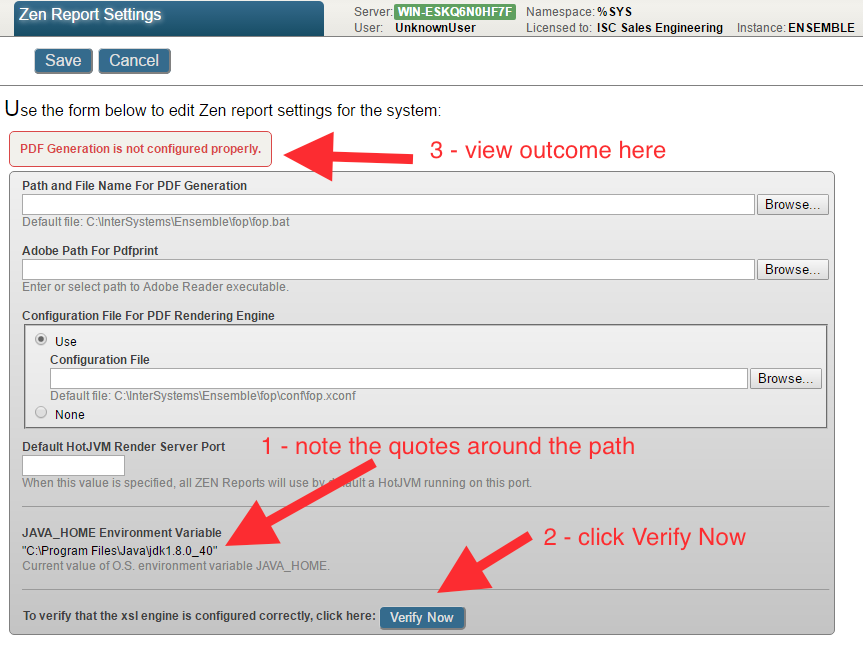Hi!
Here is small "How to" again.
Suppose you need to share something with source code. How can we manage it on DC?
Sharing code snippets
1. Add normal post (not Code Package).
2. Paste your code in the post and format it with highlighting as it is described here.



